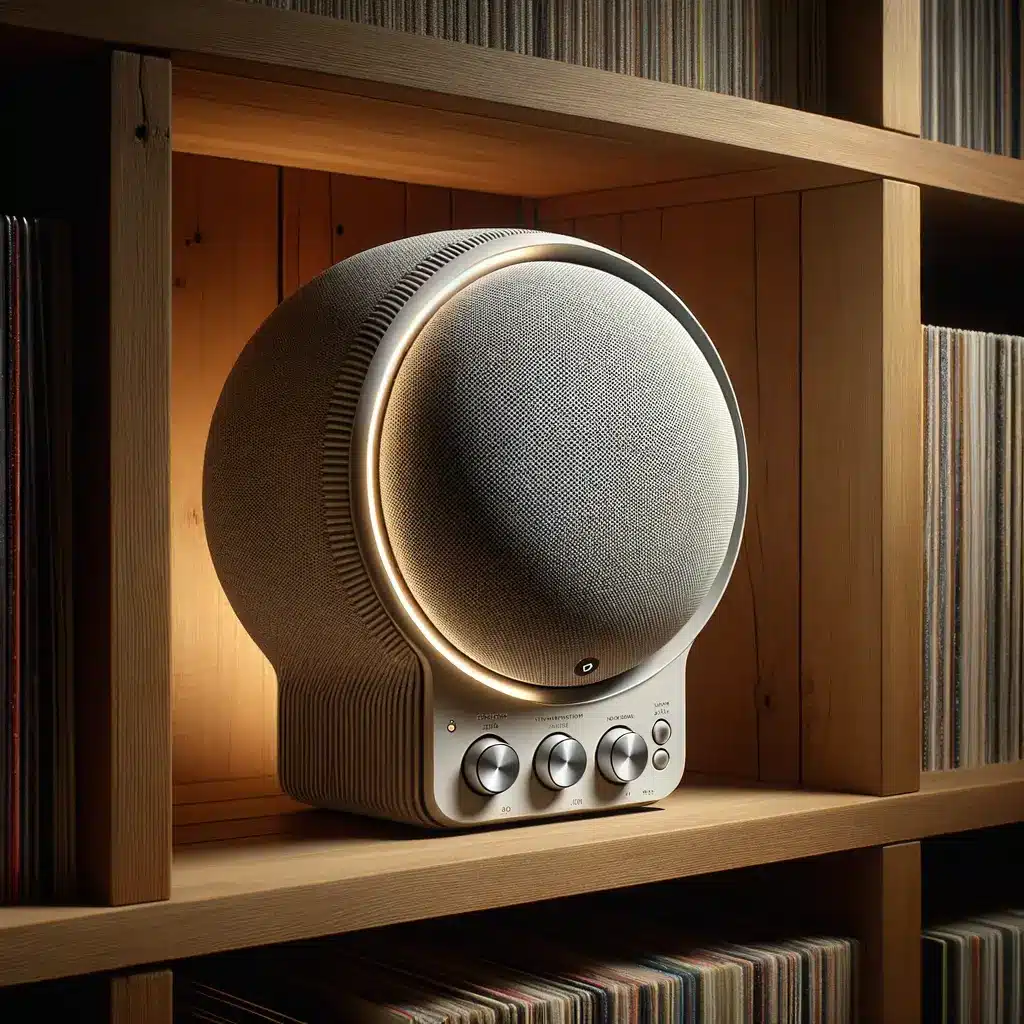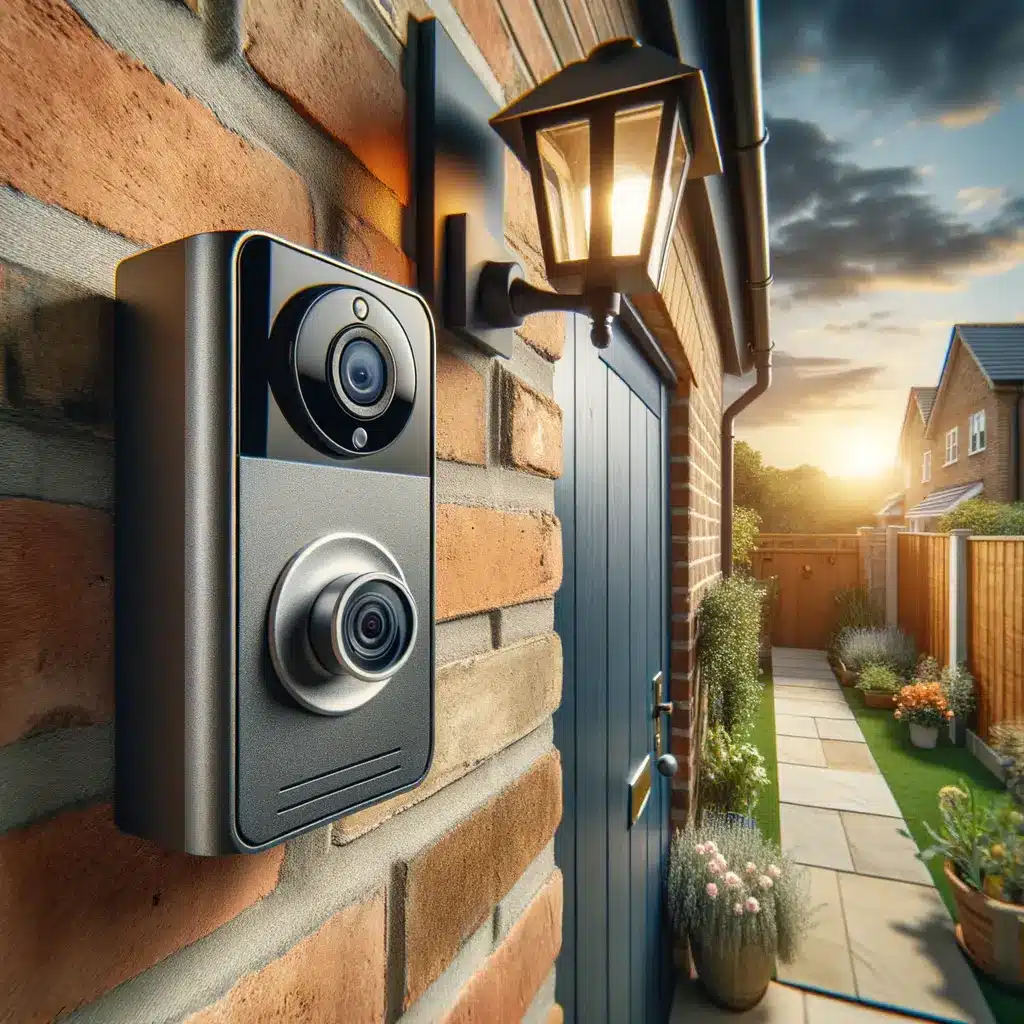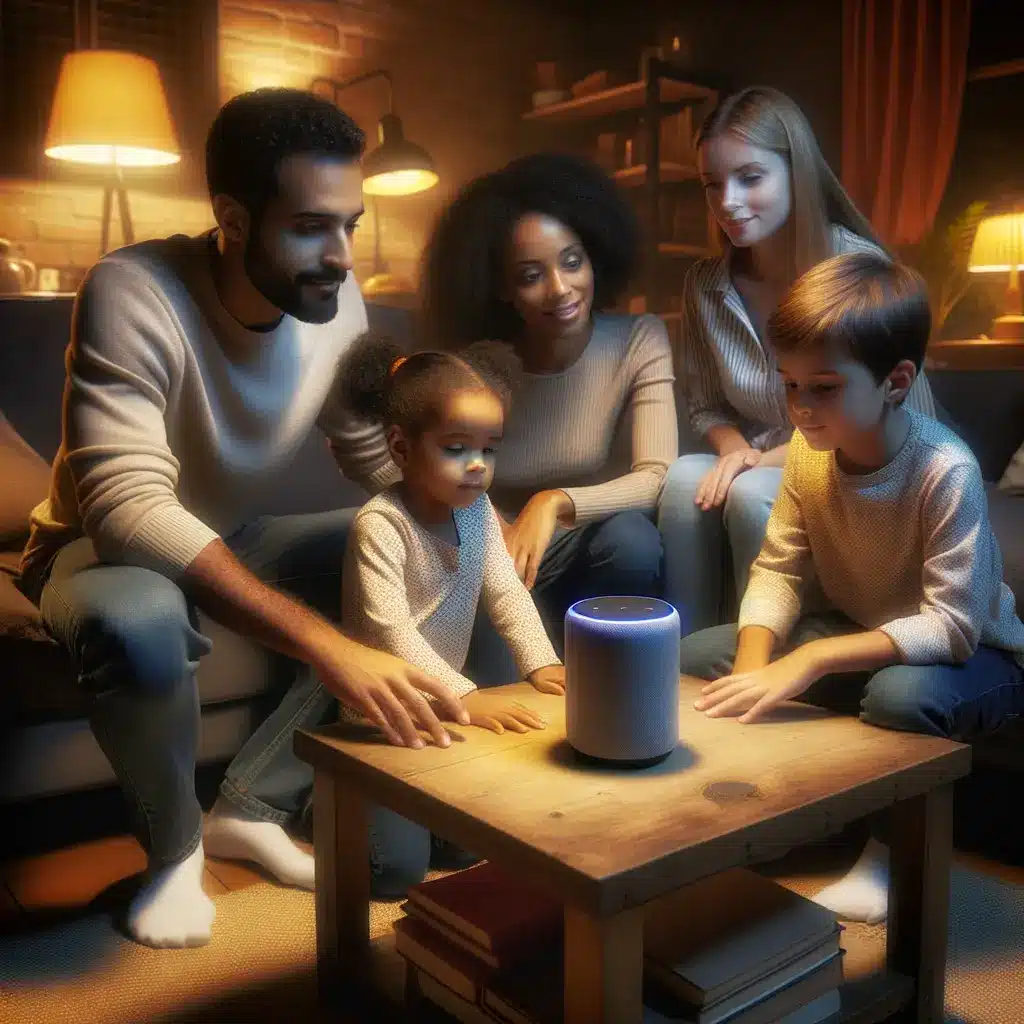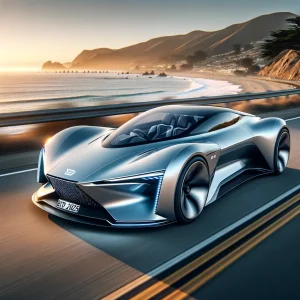Amazon Echo 2025 ushers in a smarter, faster home
The annual Amazon hardware showcase is always exciting, but this year felt different. Amazon Echo 2025 is more than a routine upgrade—it represents a fundamental rethink of how voice assistants, ambient computing, and connected devices fit together. The headline announcements include an all-new Echo Dot Max, a refreshed Echo Studio 2025, and two premium smart displays—Echo Show 8 (3rd gen) and the brand-new Echo Show 11. Yet the real star is Alexa Plus, a generative-AI service that brings context-aware responses, proactive routines, and subscription-based enhancements to every corner of the house. Amazon’s own AZ3 and AZ3 Pro chips, combined with the new Omnisense sensor platform, promise lower latency, on-device privacy, and the ability to know who is in a room and what they need—often before they ask.
Why does this matter? Smart-home adoption has plateaued because users hit complexity walls: too many apps, fragmented standards, and assistants that only react when prompted. Amazon Echo 2025 aims to break through those walls with what Vice President Panos Panay calls “ambient intelligence”—helpful, invisible, and always available. Over the coming paragraphs we’ll dive deep into the Echo Dot Max makeover, the audiophile-focused Echo Studio 2025, the health-centric Echo Show 11, and the controversial yet compelling Alexa Plus subscription. Along the way, we’ll highlight practical examples, pricing, and how these moves compare with Google Nest and Apple HomePod (see our comparison guide to smart speakers for more context). Buckle up: Amazon Echo 2025 is redefining the smart home once again.

Echo Dot Max and Echo Studio 2025: small shell, huge sound
Amazon calls the Echo Dot Max “the best price-to-performance smart speaker ever,” and the spec sheet makes a strong case. Still palm-sized, the $99 device packs triple the acoustic volume of the previous Echo Dot, thanks to a front-firing 1.75-inch neodymium driver and two passive radiators. A new AZ3 chip handles low-power voice processing locally, so the LED bar glows the instant you say “Alexa,” even when music is playing at full volume. Pair two Dot Max units and you get true stereo separation, a feature missing from earlier generations.
Step up to Echo Studio 2025 and you enter premium territory. Priced at $219, the cylindrical powerhouse supports spatial audio, Dolby Atmos, and Amazon’s own adaptive room calibration algorithm. Early demos show richer mid-bass and wider imaging than the 2022 model, making it a viable alternative to Sonos Era 100 or Apple HomePod 2. Both new speakers are built with 100% post-consumer fabric and come in glacier white or anthracite black, aligning with Amazon’s Climate Pledge goals.
For audiophiles, Amazon finally added a 3.5 mm line-in/out combo jack plus hi-res streaming through Amazon Music Unlimited. If you’re deciding between Echo Studio 2025 and third-party gear, see our in-depth guide to lossless streaming on smart speakers. Either way, Amazon Echo 2025 is closing the gap between casual listening and serious hi-fi in a surprisingly compact package.

Echo Show 8 (3rd Gen) & Echo Show 11: displays that care about your health
Smart displays have long been kitchen companions, but the Echo Show 8 (2025) and brand-new Echo Show 11 push them into wellness territory. Both panels use new IPS technology that boosts contrast by 40% and maintains color fidelity when you view them from the side—ideal for a countertop or bedside table. The Echo Show 8 sticks to an approachable $110 price, while Echo Show 11 jumps to $220, justified by its larger 11-inch display, upgraded stereo speakers, and a 13-MP ultra-wide camera for family video calls.
The health angle comes from Amazon’s partnership with Oura. If you wear an Oura Ring, your sleep score, resting heart rate, and readiness metrics now appear as glanceable cards on the Show. Alexa Plus can even nudge you to stretch after a long work session or dim the lights earlier if your sleep debt increases. For fitness enthusiasts, Show 11’s landscape orientation supports full-screen workout videos from services like Peloton. A built-in Matter controller and Thread radio round out the connectivity story, making the 2025 displays future-proof.
Not sure whether to upgrade? Have a look at our tutorial on repurposing older Echo Shows as dedicated baby monitors, a clever way to extend their lifespan while you decide. Either way, Echo Show 11 and its smaller sibling demonstrate that Amazon Echo 2025 is about holistic home experiences, not just timers and weather forecasts.
Inside Alexa Plus: generative AI, Omnisense sensors and privacy
Alexa Plus subscription is the secret sauce binding the entire Amazon Echo 2025 portfolio. For $7.99 a month (first six months free with new devices in the U.S.), users get conversational AI that feels closer to ChatGPT than to classic Alexa. Say “Alexa, lock up at midnight,” and a multi-step routine is created behind the scenes: smart locks engage, lights dim, and Ring alarm arms. The magic happens on-device first, then in the cloud, lowering latency to under 200 ms. Amazon’s AZ3 Pro chip accelerates large-language model inference locally, while the Omnisense platform combines ultrasound, temperature, ambient light, and camera data to know if you’ve left the room or opened a window.
Privacy advocates will appreciate that facial recognition and audio fingerprints stay on device unless you opt in to cloud storage. A new Privacy Hub in the Alexa app lists every sensor in your home and lets you revoke permissions in one tap. Amazon also confirmed that Alexa Plus meets ISO/IEC 27701 certification, and the company publishes quarterly transparency reports—an important consideration if you’re comparing it with Google’s Bard integrations for Nest devices.
Still skeptical? Check our article on deleting voice history automatically—a tip that works whether or not you pay for Alexa Plus. Transparency and granular controls make the subscription appealing even to cautious users.

Beyond speakers: Ring, Blink, Fire TV & third-party Alexa Plus devices
Amazon didn’t stop at speakers and displays. Ring introduced higher-resolution 2K and 4K cameras featuring Retinal Vision HDR processing, plus a controversial “Search Party” mode that crowd-sources neighborhood cameras to locate lost pets—a feature likely to spur privacy debates. Blink followed with the Mini 2K Plus and Outdoor 2K Plus, giving budget users sharper video and better two-way audio. Both brands will work with Alexa Plus for narrative summaries: ask what happened over the weekend and get an audio briefing that stitches together Ring motion events, Blink snapshots, and smart-lock logs.
Fire TV hardware also joined the Amazon Echo 2025 family. New Omni QLED sets run Vega OS, Amazon’s Linux-based alternative to Android TV, and include presence sensors that dim the screen when no one is nearby—great for energy savings. A refreshed Fire TV Stick 4K Max supports Wi-Fi 7 and ships with a remote sporting a dedicated Alexa Plus key.
Perhaps the boldest move is opening Alexa Plus to brands like Sonos, Samsung, LG, and even BMW. Soon you might ask your 2026 BMW i4 to pre-heat the oven at home or queue your Spotify playlist on the Echo Studio 2025. If you’re curious about multi-room audio across mixed brands, read our guide to setting up Alexa Groups with Sonos speakers.

Should you jump into Amazon Echo 2025 and Alexa Plus?
After an avalanche of announcements, one question remains: is Amazon Echo 2025 worth the upgrade? If you want louder, cleaner audio, Echo Dot Max and Echo Studio 2025 deliver noticeable gains without breaking the bank. Those invested in wellness tech will value Echo Show 11’s Oura integration and larger display. The biggest wildcard is the Alexa Plus subscription. Early impressions suggest it finally delivers the proactive, context-aware assistant Amazon promised years ago, yet some users may balk at another monthly fee.
Remember, Amazon Echo 2025 hardware functions perfectly well without Alexa Plus; you still get timers, smart-home control, and music streaming. But features like conversational routine creation, narrative home summaries, and third-party car integration live behind the paywall. If you’re undecided, use the six-month trial bundled with new devices to assess real-world value.
From a privacy perspective, on-device processing, a unified Privacy Hub, and ISO certifications are reassuring, though features like Ring Search Party will need close scrutiny. Ultimately, Amazon Echo 2025 positions itself as a flexible platform: pay for enhanced AI if you want, or stick to core features. Either way, the ecosystem is stronger, faster, and more interconnected than ever. For deeper dives, explore our walkthrough on migrating routines from older Echo hardware and our explainer on Matter and Thread in Alexa devices. Smart-home enthusiasts have an exciting year ahead.







